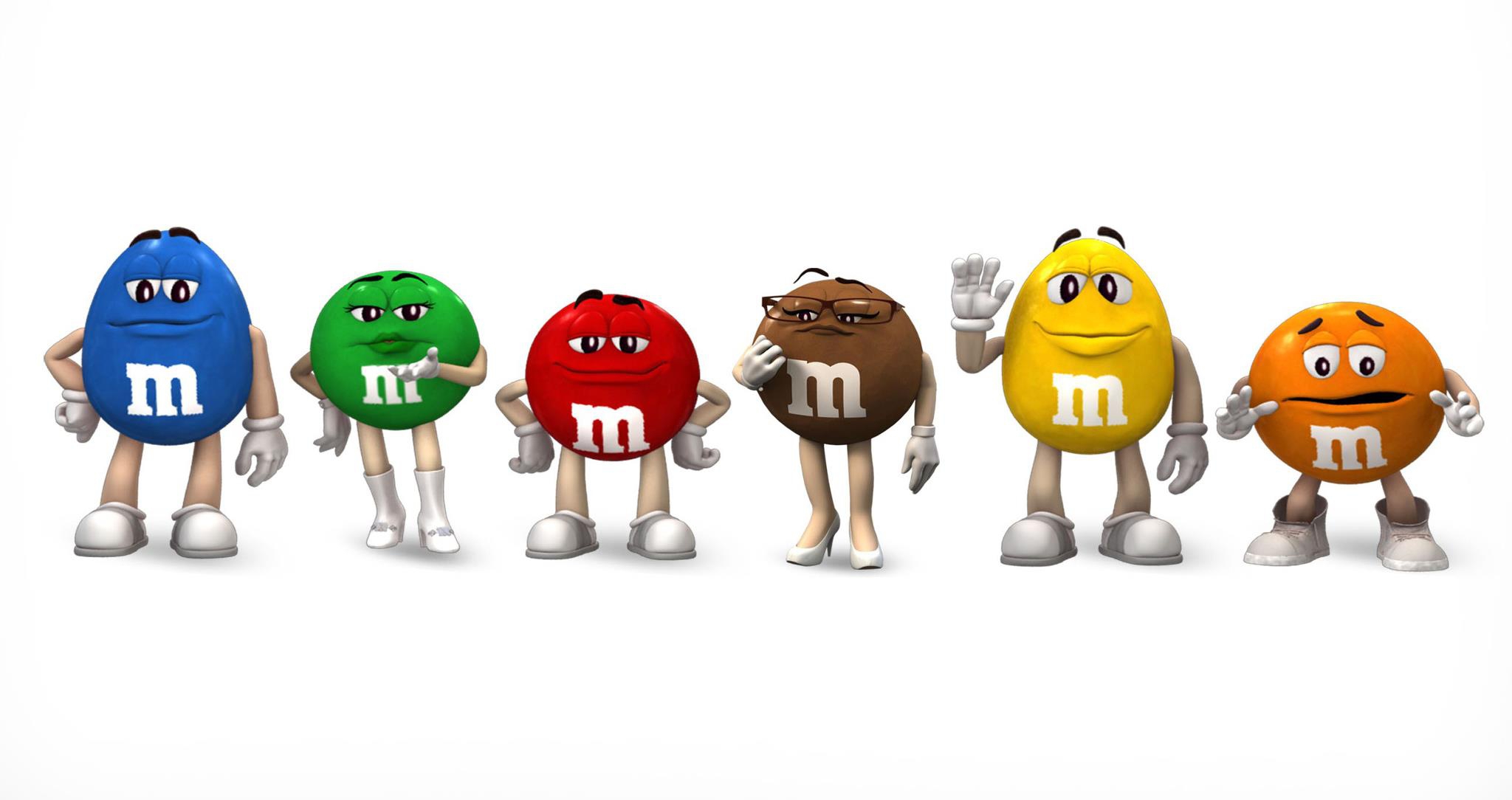Exploring The World Of MMS Video: Your Ultimate Guide
Hey there, tech enthusiasts and digital explorers! Let's dive straight into something that's shaping the way we communicate in today's fast-paced world. MMS video has become a game-changer for how we share moments, ideas, and information. Whether you're sending a quick clip to a friend or using it for business purposes, understanding MMS video is crucial. So, buckle up because we're about to break it down in a way that's both informative and easy to digest!
Now, let's face it—MMS video isn't just a buzzword; it's a powerful tool that's revolutionizing mobile communication. In this article, we'll explore what MMS video is, how it works, its benefits, and some tips to make the most out of it. If you've ever wondered why everyone's talking about MMS video, you're in the right place.
Before we jump into the nitty-gritty, let's establish one thing: MMS video isn't just for tech-savvy millennials or social media influencers. It's for everyone who wants to enhance their mobile experience. So, whether you're a business owner, a student, or simply someone who loves staying connected, this guide will help you understand why MMS video matters.
- Subhashree Sahu Terabox Link The Ultimate Guide To Downloading And Exploring
- Movies Dain The Ultimate Guide To Your Favorite Streaming Haven
What Exactly is MMS Video?
Alright, let's get to the basics. MMS stands for Multimedia Messaging Service, and it's essentially an upgrade to the traditional SMS (Short Message Service). While SMS is limited to plain text, MMS allows you to send richer content, including images, audio, and—you guessed it—videos. When we talk about MMS video, we're referring to the ability to send short video clips through this service.
Here's the kicker: MMS video isn't just about sending random clips. It's about enhancing communication by adding a visual and auditory layer to your messages. Think of it as a mini movie that you can send directly to someone's phone. And the best part? You don't need a fancy app or a high-speed internet connection to use it. As long as your phone supports MMS, you're good to go!
How Does MMS Video Work?
Let's break it down step by step. When you send an MMS video, your phone converts the video file into a format that can be transmitted over the cellular network. This format is usually compressed to ensure faster delivery and lower data usage. Once the video is ready, it's sent to the recipient's phone, where it's automatically downloaded and displayed.
- Unleashing The Power Of Movierulz 2025 Telugu Movie Your Ultimate Guide
- Why Ullu Telugu Is Taking The World By Storm A Deep Dive
Here's a quick rundown of the process:
- Your phone records or selects a video clip.
- The video is compressed and converted into an MMS-compatible format.
- The MMS message is sent to the recipient's phone via the cellular network.
- The recipient's phone downloads and displays the video.
Simple, right? But here's the thing: while the process might seem straightforward, there are a few factors that can affect the quality and speed of MMS video delivery. We'll dive deeper into those later, but for now, let's keep it light and breezy!
Why Should You Care About MMS Video?
Let's be real—text messages can only do so much. Sometimes, words just don't cut it. That's where MMS video comes in. Whether you're trying to share a funny moment, explain a complex idea, or simply brighten someone's day, MMS video adds an extra layer of engagement to your communication.
Here are a few reasons why MMS video deserves a spot in your digital toolkit:
- Engagement: Videos are more engaging than plain text. They capture attention and convey emotions more effectively.
- Convenience: You don't need a separate app or Wi-Fi connection to send or receive MMS videos. It works seamlessly with your phone's messaging app.
- Flexibility: From short clips to longer videos, MMS video gives you the freedom to share content in a way that suits your needs.
Plus, let's not forget the fun factor. Who doesn't love receiving a surprise video from a friend or family member? MMS video adds a personal touch to your messages, making them more memorable and meaningful.
Common Uses of MMS Video
Now that we know what MMS video is and why it's important, let's talk about how people are actually using it. The possibilities are endless, but here are some of the most common applications:
Personal Communication
Let's start with the obvious one. MMS video is perfect for sharing personal moments with friends and family. Whether it's a birthday wish, a travel vlog, or a quick update from your day, MMS video makes it easy to stay connected. And the best part? It's private and secure, so you don't have to worry about your videos being shared on social media.
Business Communication
Believe it or not, MMS video isn't just for personal use. Businesses are also jumping on the bandwagon. From marketing campaigns to employee training, MMS video offers a cost-effective way to communicate with customers and stakeholders. For example, a real estate agent could send a video tour of a property to potential buyers, or a restaurant could share a clip of their latest menu items.
Education and Learning
Teachers and educators are also embracing MMS video as a tool for remote learning. Instead of sending long emails or documents, they can record short video lessons and send them directly to students. This not only makes learning more interactive but also helps students who prefer visual aids over text-based materials.
Tips for Maximizing MMS Video
Now that you know the what, why, and how of MMS video, let's talk about how to make the most of it. Here are a few tips to help you get started:
- Keep it short and sweet: Attention spans are short, so aim for videos that are no longer than 10-15 seconds.
- Optimize for mobile: Make sure your videos are optimized for mobile viewing. This means using horizontal or square formats rather than vertical ones.
- Use high-quality footage: While MMS video doesn't require Hollywood-level production, it's always better to use clear and well-lit footage.
- Be mindful of file size: Large video files can slow down delivery and increase data usage. Compress your videos if necessary.
Remember, the goal is to enhance communication, not complicate it. So, keep it simple and focus on delivering value to your audience.
Challenges and Limitations
Of course, no technology is perfect, and MMS video is no exception. Here are a few challenges you might encounter:
- File size limitations: Most carriers impose limits on the size of MMS messages, which can affect the quality of your videos.
- Compatibility issues: Not all phones support MMS video, especially older models or devices with limited storage.
- Delivery delays: Depending on network conditions, MMS videos may take longer to deliver than text messages.
Despite these limitations, MMS video remains a valuable tool for communication. With a little creativity and planning, you can work around these challenges and make the most of what MMS has to offer.
Future Trends in MMS Video
So, where is MMS video headed in the future? As technology continues to evolve, we can expect to see some exciting developments in this space. Here are a few trends to watch out for:
- Improved compression algorithms: Newer compression techniques will allow for higher-quality videos without increasing file size.
- Integration with AI: Artificial intelligence could be used to enhance MMS video features, such as automatic captions or voice-to-text conversion.
- Enhanced security: As privacy concerns grow, we can expect to see more secure ways to send and receive MMS videos.
While the future of MMS video is bright, one thing is certain: it's here to stay. As long as people continue to communicate through mobile devices, MMS video will remain a valuable tool for sharing information and connecting with others.
Conclusion
And there you have it, folks! A comprehensive guide to MMS video that covers everything from the basics to the future trends. Whether you're using it for personal or professional purposes, MMS video offers a unique way to enhance your communication and make it more engaging.
Before we wrap up, let's quickly recap the key points:
- MMS video allows you to send short video clips through your phone's messaging app.
- It's easy to use, convenient, and flexible, making it perfect for a wide range of applications.
- While there are some challenges and limitations, the benefits far outweigh the drawbacks.
- As technology evolves, we can expect to see even more exciting developments in the world of MMS video.
So, what are you waiting for? Start exploring the world of MMS video today and see how it can transform the way you communicate. And don't forget to leave a comment or share this article with your friends. Together, let's keep the conversation going!
Table of Contents
Article Recommendations
- Uiiu Movie The Ultimate Guide To Unveiling Its Secrets
- Ullu Web Series Your Ultimate Guide To Bingeworthy Content



Detail Author:
- Name : Dr. Enrico Dooley
- Username : sjenkins
- Email : katrine52@runolfsson.com
- Birthdate : 1992-03-25
- Address : 10821 Reichel Cape Suite 164 Lake Giovannimouth, NV 18727
- Phone : +1-901-615-5567
- Company : Sawayn LLC
- Job : Marine Architect
- Bio : Suscipit et et fugit voluptatem veritatis ut cumque. Aut et vel quae sed. Voluptatem facilis dolores et.
Socials
twitter:
- url : https://twitter.com/jeramy5814
- username : jeramy5814
- bio : Ipsa voluptatibus aut nisi debitis nam. Earum culpa aut est possimus itaque aut. Vel cum qui et necessitatibus fugit nostrum sit.
- followers : 6818
- following : 2496
tiktok:
- url : https://tiktok.com/@jeramywisoky
- username : jeramywisoky
- bio : Maxime sint est omnis maxime ut sit perspiciatis.
- followers : 6785
- following : 1177
facebook:
- url : https://facebook.com/jeramy_official
- username : jeramy_official
- bio : Itaque hic distinctio itaque quis ut est.
- followers : 5206
- following : 2545
instagram:
- url : https://instagram.com/jeramy_wisoky
- username : jeramy_wisoky
- bio : Molestiae harum ut ea aut. Fuga accusantium et sint ut id. Saepe eos odio doloribus explicabo.
- followers : 757
- following : 1679